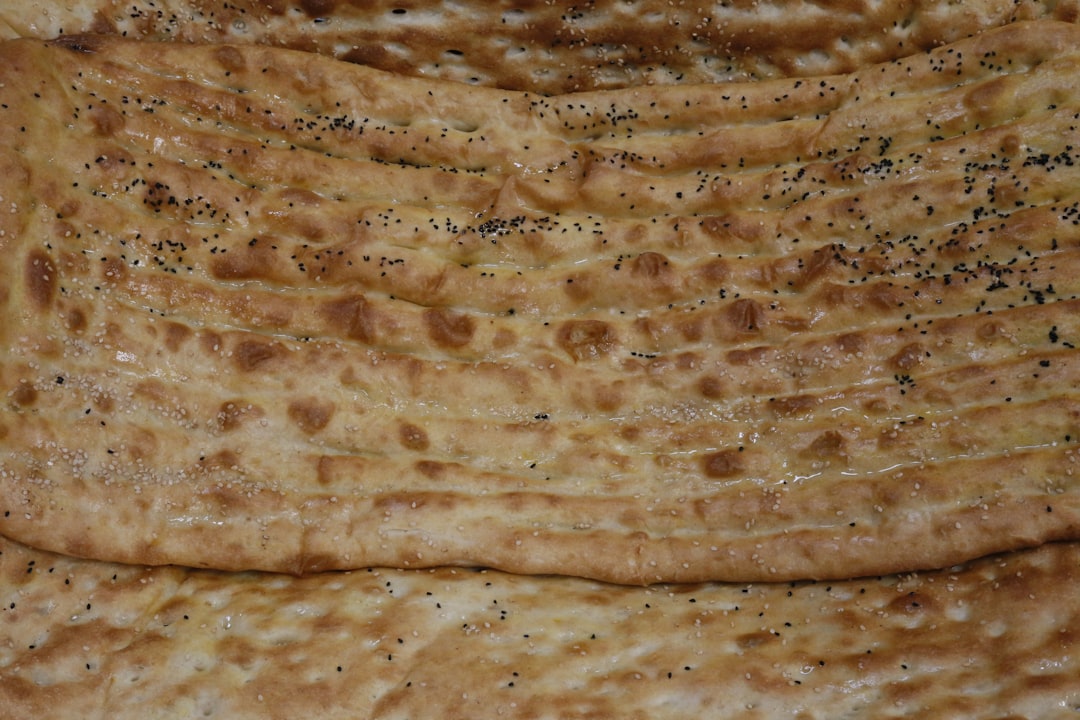
Traditional Mungbean Recipes for Flavorful Belly-Friendly Tuille Options
Mungbeans, a staple in many Asian cuisines, are not only nutritious but also versatile. They can be transformed into delightful tuille options that are both flavorful and easy on the stomach. In this article, we will explore a traditional recipe that showcases mungbeans in an innovative way while providing tips for a successful culinary experience.
Ingredients
- 1 cup mungbean flour (also known as moong dal flour)
- 2 cups water
- 1/2 teaspoon salt
- 1 tablespoon olive oil (or any neutral oil)
- 1/2 teaspoon cumin powder
- 1/4 teaspoon turmeric powder
- 1/4 teaspoon black pepper
- Fresh herbs (like coriander or mint) for garnish
- Optional: spices like chili powder or sesame seeds for added flavor
Preparation Method
Step 1: Prepare the Mungbean Mixture
- In a mixing bowl, combine the mungbean flour, salt, cumin powder, turmeric powder, and black pepper.
- Gradually add water to the mixture while whisking to avoid lumps. The consistency should be smooth and thin, similar to pancake batter.
Step 2: Heat the Pan
- Heat a non-stick skillet or a tuille mold over medium heat. Ensure it’s adequately heated to prevent sticking. You can lightly grease the surface with olive oil before pouring in the batter.
Step 3: Cook the Tuille
- Pour a small amount of the mungbean batter onto the skillet, spreading it evenly to form a thin layer.
- Cook for about 2-3 minutes or until the edges start to lift and the surface appears dry.
- Carefully flip the tuille using a spatula and cook for an additional 1-2 minutes on the other side until golden brown.
- Repeat the process with the remaining batter, adjusting the heat as necessary to prevent burning.
Step 4: Cool and Serve
- Once cooked, transfer the tuille to a wire rack to cool. This will help them achieve a crisp texture.
- Serve the tuilles garnished with fresh herbs, and consider pairing them with a yogurt dip or a fresh salad for a complete meal.
Cooking Tips
- Choosing Mungbean Flour: Opt for high-quality mungbean flour for the best flavor and texture. You can find it in Asian grocery stores or health food stores.
- Adding Flavor: Feel free to customize your tuille by incorporating different spices or herbs based on your preference. For a spicy kick, add chili powder or finely chopped green chilies to the batter.
- Storage: Store any leftover tuilles in an airtight container to maintain their crunch. They can also be reheated in the oven for a few minutes to restore crispiness.
Serving Suggestions
These mungbean tuilles are perfect as an appetizer or a light snack. Pair them with:
- A refreshing cucumber and yogurt dip.
- A tangy tamarind chutney for a burst of flavor.
- A side salad featuring seasonal vegetables for added nutrition and color.
Variations and Substitutions
- Gluten-Free Option: This recipe is naturally gluten-free, making it suitable for those with gluten sensitivities.
- Vegan Option: The recipe is already vegan-friendly, but you can substitute olive oil with coconut oil for a different flavor profile.
- Nut-Free Option: Since this recipe does not contain nuts, it is safe for nut allergies. Ensure that all ingredients are from safe sources.
Conclusion
These traditional mungbean tuille options are a delightful way to enjoy the nutritious benefits of mungbeans while offering a unique culinary experience. Their crisp texture and flavorful profile make them a perfect addition to any meal.
For further exploration, consider looking into more traditional mungbean recipes, such as mungbean curry or mungbean salad. You can also find helpful resources and cooking techniques at Serious Eats or Food52.
Experiment with this recipe in your kitchen and discover the wonderful world of mungbeans. Don’t forget to share your creations with friends and family, and encourage them to join the journey of healthy and delicious eating!


